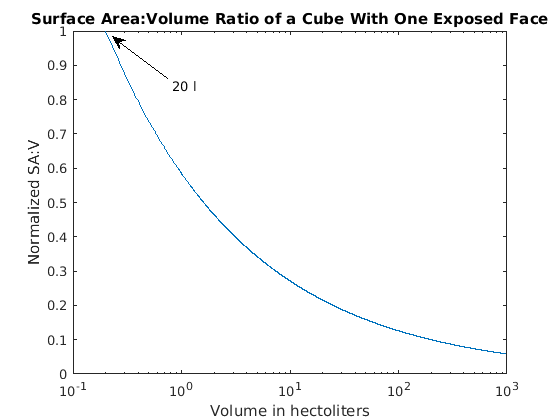homebrewdad
Well-Known Member
This weekend, my wife picked me up two mixed sixers of beer from World Market. One was some favorites - Chimay, Hobgoblin, Duvel. The other was all seasonals - Oktoberfests and pumpkin ales.
One happened to be a Hofbräu Oktoberfest... my life has been changed.
Okay, that may be a little extreme, but still... how on Earth do they pack that much flavor into a beer that looks like Bud Light?
A friend who brews award winning (i.e. NHC) German lagers views this as his "white whale" after having had it in the tents in Germany. Now, I get it.
If you haven't had it, this is a brilliantly clear, light gold beer. Huge fluffy white head, superb lacing. Lightly sweet up front, slight graininess, balanced finish. Light, refreshing mouthfeel.
I'm assuming that I need to go very simple; this beer is viewed by some as just being a beefier Helles. I'm guessing very heavy on pilsner malt, a small amount of either light munich or Vienna, that's it. Possibly a short decoction.
I had great luck with my darker Märzen with WLP820; it gives some residual sweetness, and I think it might be a great fit here. Likely only a single hop (Hallertaur?)... bittering addition, maybe a small late addition.
If you have any relevant feedback, I would love to hear it. Google gives me jack and squat in terms of useful results for recreating this beer.
Thanks!
One happened to be a Hofbräu Oktoberfest... my life has been changed.
Okay, that may be a little extreme, but still... how on Earth do they pack that much flavor into a beer that looks like Bud Light?
A friend who brews award winning (i.e. NHC) German lagers views this as his "white whale" after having had it in the tents in Germany. Now, I get it.
If you haven't had it, this is a brilliantly clear, light gold beer. Huge fluffy white head, superb lacing. Lightly sweet up front, slight graininess, balanced finish. Light, refreshing mouthfeel.
I'm assuming that I need to go very simple; this beer is viewed by some as just being a beefier Helles. I'm guessing very heavy on pilsner malt, a small amount of either light munich or Vienna, that's it. Possibly a short decoction.
I had great luck with my darker Märzen with WLP820; it gives some residual sweetness, and I think it might be a great fit here. Likely only a single hop (Hallertaur?)... bittering addition, maybe a small late addition.
If you have any relevant feedback, I would love to hear it. Google gives me jack and squat in terms of useful results for recreating this beer.
Thanks!




